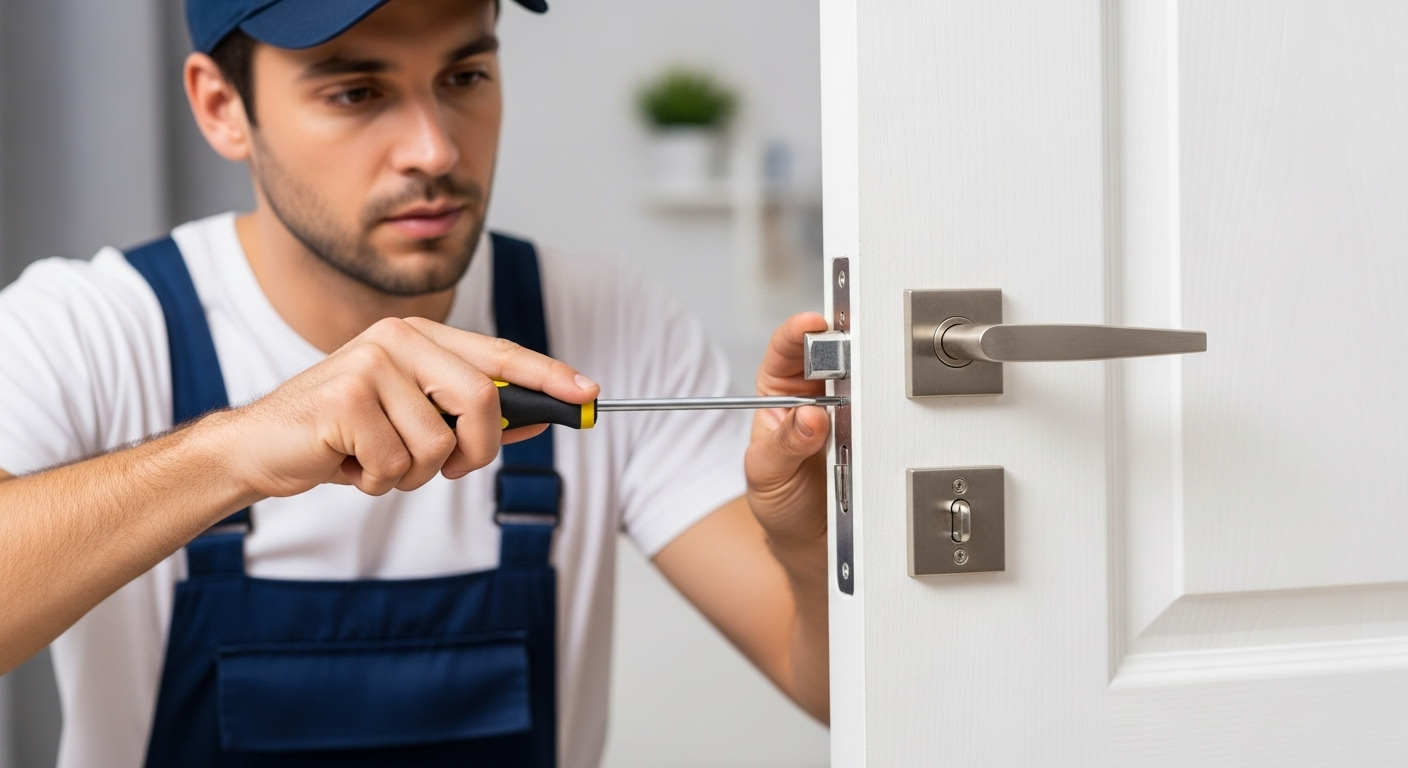Locks are one of the most important components of home, business, and vehicle security. They work quietly in the background, protecting your property and keeping unwanted intruders out. However, like any mechanical device, locks can deteriorate over time. Wear and tear not only affects performance but can also leave your property vulnerable to security breaches.
Knowing how to identify the early signs of lock wear can save you from costly repairs, inconvenient lockouts, and potential break-ins. Whether you are securing your home, business, or car, taking the time to inspect your locks regularly ensures they remain reliable for years to come.
Why Lock Maintenance Matters
Locks are used multiple times a day, and over the years, the constant turning of keys, exposure to the elements, and general aging can cause internal parts to weaken. Without maintenance, even high-quality locks will eventually fail. This could mean finding yourself locked out, dealing with a key that won’t turn, or worse, experiencing a security breach.
Routine inspections allow you to spot damage before it becomes a major problem. Addressing issues early helps maintain security, prevents sudden lockouts, and saves you from replacing an entire locking system unnecessarily.
Common Signs of Lock Wear and Tear
By learning to recognize these common warning signs, you can take action before your lock fails completely:
✔️ Difficulty Turning the Key
If you notice increased resistance when turning the key, it could indicate worn internal components or dirt buildup inside the mechanism.
✔️ Loose Door Handles or Lock Body
A lock that feels wobbly may have loose screws or worn mounting hardware, which can compromise its strength and security.
✔️ Key Slipping or Falling Out
If the key slips out easily without turning, the lock’s internal pins or springs may be damaged and in need of repair or replacement.
✔️ Rust or Corrosion
Metal locks exposed to moisture can develop rust, which weakens the structure and makes the mechanism harder to operate.
✔️ Visible Cracks or Damage
Physical damage such as cracks, dents, or chips may indicate attempted break-ins or long-term wear.
✔️ Delayed Latch Engagement
If the latch is slow to engage after turning the key or handle, it could be due to misalignment or internal wear.
Causes of Lock Wear
Understanding the root causes of lock wear helps you take preventive measures. Some common factors include:
- Frequent use, leading to mechanical fatigue
- Exposure to rain, snow, and extreme temperatures
- Improper lubrication or lack of maintenance
- Using the wrong key or forcing a key into the lock
- Accumulation of dirt and debris inside the mechanism
- Excessive force applied during locking or unlocking
Preventing Lock Damage
While wear and tear are inevitable, you can extend the lifespan of your locks with proper care:
- Lubricate locks every six months using a graphite or silicone-based lubricant
- Clean keys before inserting them into the lock
- Ensure doors are properly aligned to prevent pressure on the lock
- Replace worn or bent keys immediately
- Install weather-resistant locks for exterior doors
- Schedule professional maintenance for high-traffic locks
When to Call a Locksmith
If you notice any of the signs mentioned above, it is best to contact a professional locksmith before the problem worsens. Locksmiths can perform thorough inspections, clean and lubricate mechanisms, replace worn components, and advise on upgrades if necessary.
Attempting DIY repairs without the right tools and knowledge can cause more damage, leading to costlier fixes. For complex locks, electronic systems, or high-security setups, professional expertise is essential.
Upgrading Your Locks
In some cases, replacing an old lock is the best solution. Upgrading to modern, high-security locks can provide better resistance to picking, bumping, and drilling. Many newer models also feature smart technology for keyless entry, audit trails, and remote access.
If your locks are more than a decade old, consider upgrading even if they are still functional. Technology evolves, and so do the methods used by intruders. Staying ahead of potential threats ensures continued protection for your property.
Your locks are your first line of defense against unauthorized access. Spotting the early signs of wear and tear allows you to address issues before they compromise your security. By paying attention to how your locks look and feel, performing regular maintenance, and seeking professional help when needed, you can ensure they remain in top condition for years to come.
Protecting your home, business, and vehicle starts with reliable locks. Don’t wait until a lock fails completely – take action now and keep your security strong.

